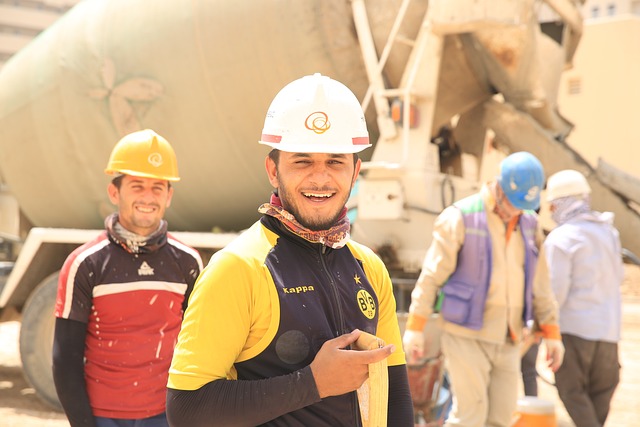A safe workplace is a vital concern for any organization, wherein employees can carry out their tasks without undue risk. A good safety culture reduces workplace incidents and increases productivity and morale. A business can ensure a safe and supportive work environment by proactively identifying potential hazards and taking effective safety measures. The following insights identify some of the key measures that make a workforce safer and healthier:
1. Prioritizing Employee Training
Comprehensive employee training lays the foundation for a safe workplace. Well-trained employees are in a better position to identify risks, follow through with safety practices, and act accordingly in case of an emergency. Firms should run regular training programs that are tailored to job-specific risks, such as fire safety, hazardous material handling, and ergonomic best practices. Interactive workshops, simulations, and digital training modules enhance engagement and knowledge retention. Organizations that invest in constant safety education create a culture of vigilance and responsibility, which reduces workplace accidents and injuries.
2. Enhancing Workplace Ergonomics
Workplace ergonomics is one of the most important preventive measures for musculoskeletal disorders and good general health. Poorly projected working places, along with repetitive movements and protracted physical exertion, cause traumatization of the musculoskeletal system and reduce productivity and morale among workers. Employers should check workstations against norms, provide adjustable furniture, and make sure that employees maintain proper posture to avoid risks. Encouragement of frequent exercises for the muscles and stretching also helps reduce strain and fatigue. A well-implemented ergonomic program enhances productivity while minimizing the risk of job-related diseases, hence a healthier workforce.
3. The Role of Equipment Maintenance
Equipment maintenance is necessary to avoid failures that can result in accidents at workplaces. Efficient running machines minimize the possibility of mechanical failure and enhance safety in general. Investing in advanced remote vibration monitoring services helps detect early signs of wear and tear, allowing for timely intervention. Proactive maintenance schedules, meticulous inspections, and prompt repairs also prevent hazardous situations and costly downtimes. Thus, equipment reliability not only assures the safety of employees but also enhances operational efficiency and productivity in organizations.
4. Implementing Strong Safety Protocols
A set of safety protocols will set a structured approach to hazard supervision and risk management, especially in industries such as manufacturing and construction. It establishes clear guidelines for the use of personal protective equipment (PPE), emergency evacuation procedures, and incident reporting to provide more security to the workplace. Regular safety audits ensure adherence to regulatory standards while looking for areas of improvement. Open communication is established on safety issues, encouraging employees to assume responsibility for sustaining a safe environment. Where safety procedures are continuously enforced, such businesses develop a culture in which employees feel safe and appreciated.
5. Strengthening Mental Health Support
Workplace safety extends to mental health as well. It causes less productivity and increased absenteeism. Stress, anxiety, and burnout are reasons for that. Employers should provide counseling services, stress management programs, and wellness initiatives for mental fitness. Such an open environment for discussion provides a friendly atmosphere in the workplace where employees can share their problems without any issues. Taking care of work-life balance and helping flexible work arrangements to reduce stress-related issues and ensure a healthy, active workforce.
Conclusion
Workplace safety means continuous reevaluation and/or adaptation toward any emerging risks in the workforce. Organizations should remain committed to refining safety strategies, incorporating newer technologies, and addressing dynamically evolving workplace challenges. A proactive approach toward training, ergonomics, equipment maintenance, and safety protocols ensures long-term benefits such as fewer incidents, productivity gains, and an overall more engaged workforce. Prioritizing employee well-being means creating a positive workplace environment and strengthening the resilience of an organization in a constantly changing industrial world.




